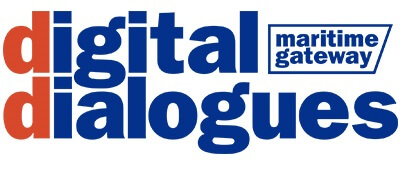The Adani Ports and John Keells Holdings–backed Colombo West International Terminal (CWIT) has recorded a remarkable start, with cargo volumes rising at a pace rarely seen for a new facility, according to Chief Executive Munish Kanwar.
Two of the terminal’s three berths are now operational, equipped with eight advanced ship-to-shore (STS) cranes capable of simultaneously handling two large container vessels—or one large and two smaller ships. CWIT has already attracted several major global services, including the Gemini Corporation alliance between Hapag-Lloyd and Maersk, known for its tight scheduling and efficiency standards.
Unlike traditional crane operations, CWIT’s automation places operators in spacious, air-conditioned control rooms, managing cargo through visual displays and joystick controls rather than working from cramped crane cabins. About 20% of the operational workforce—many of them young recruits—are women, and the management aims to increase female participation further.
Of the 200-strong team, only five employees are from India, underlining CWIT’s local workforce development strategy. Despite the pandemic and Sri Lanka’s economic challenges, the project remains ahead of schedule, Kanwar confirmed.
The terminal currently has 800 meters of its planned 1,400-meter quay completed, with eight STS cranes in service. The remaining 600 meters are expected to be operational by December 2025, supported by six additional cranes arriving by mid-2026.
By the end of FY2024–25, CWIT expects to handle 950,000 to 1 million TEUs, contributing significantly to the Port of Colombo’s total throughput, projected to rise from 7.8 million TEUs to 8.3 million TEUs this year.
Amid ongoing congestion at Colombo, exporters have voiced concerns over vessel delays and berthing bottlenecks. Kanwar emphasized that port authorities are actively addressing these challenges, ensuring that Colombo remains South Asia’s premier transshipment hub.









